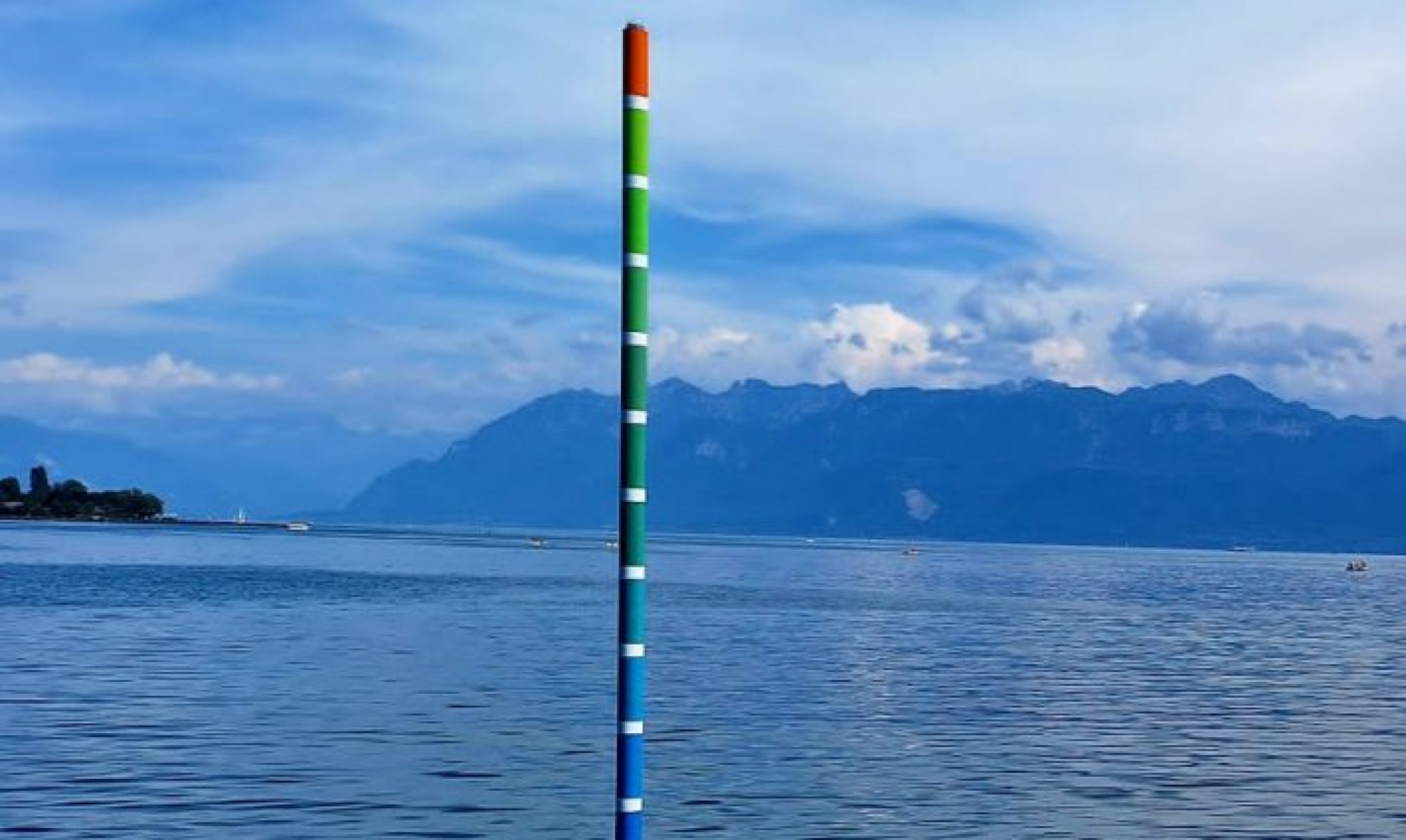
We expect that the main components of global change (excessive nutrient inputs, climate warming) will modify the concentrations of CO2 in lakes and then their contributions to CO2 emissions. But, long-term datasets for lake datasets are too rare to systemtically assess how much and even in which direction. Using isotope analyses on microfossils remains, Marttiina and her coauthors could reconstruct how CO2 have changed over the last century at the surface of 7 Swiss lakes, that endured striking changes in nutrient inputs and climate warming. They could show that not all lakes are equally sensitive and that the amplitude and direction of changes in surface CO2 are conditioned by the drainage ratio (how much the catchment influence the lake functioning).
Rantala, M. V., Bruel, R., Marchetto, A., Lami, A., Spangenberg, J. E., & Perga, M.-E. (2021). Heterogeneous responses of lake CO2 to nutrients and warming in perialpine lakes imprinted in subfossil cladoceran δ13C values. Science of the Total Environment, 782, 146923. doi:https://doi.org/10.1016/j.scitotenv.2021.146923
